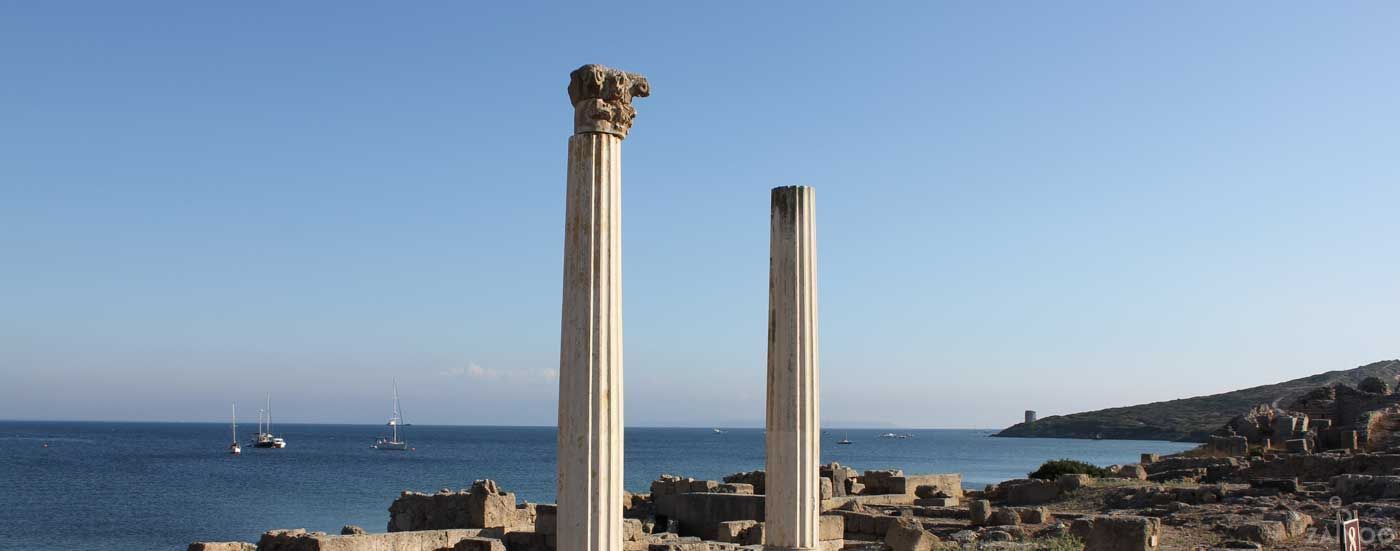The Romans in Italy
Establishment and decline of the Roman Empire
No other people have left as big a mark on the history of Italy as the Romans. After the Etruscans and the Greeks had already settled the country, the phenomenal rise of Rome began. The Romans defeated the Etruscans, Greeks, Carthaginians and Gauls battle for battle, and expanded their empire far beyond the Mediterranean area as far as Britain. Roman law and many cultural assets and achievements still shape today's society. For about 1,000 years, the Romans had dominated Italy and Europe until the era of the Roman Empire came to an end with the conquest of Rome by Odoacer in 476 AD.
Pre-history, Etruscans and Greeks
Italy's initial settlements came very early in its history. Even the Neanderthals settled in Italy before they were pushed away by the modern Homo sapiens in the Neolithic Age. Primitive peoples, such as the Latins, Sabines and Umbrian, finally settled in the country until 900 BC, when the Etruscans established the first sophisticated culture in Italy. Powerful Etruscan city-states, including today's Milan and Bologna, dominated the whole of northern Italy and extended their influence on the Apennine peninsula steadily. It was only the beginning colonisation of southern Italy by the Greeks and two lost naval battles that brought the expansion efforts of the Etruscans to an end.
Rise of the Roman Empire
The decline of the Etruscans, however, was sealed by another people. In 753, according to Roman history, Rome was founded and quickly developed into a thriving city. The first victories over the Etruscans were followed by the conquest of southern Italy from the Greeks and the gradual integration of the Italian population into their empire. Eventually, with the victories in the three Punic wars, Rome won the final supremacy in the Western Mediterranean area. Finally, another continuous policy of expansion and a huge military and cultural projection allowed the Roman Empire to conquer Asia and Europe. During its greatest extent, the kingdom included the entire Mediterranean region and the Persian Gulf up to Britain.
After the assassination of Julius Caesar and the following internal Roman conflicts, a period of peace and prosperity began. The leaders ruled the kingdom wisely and life and art flourished in the Roman Empire.
Divide and decline of the Roman Empire
After this zenith, the decline of the Roman Empire was set into motion at the end of the 4th century AD. Corruption, uprisings, outside invasions, the emergence of Christianity and an economic decline unhinged the Roman state apparatus. Despite the recognition of Christianity under Constantine, no end of trouble was in sight. Permanent defensive wars and increasing pressure led to the division of the empire into Eastern and Western Roman Empire in order to govern the kingdom in a more coordinated manner. The Eastern Roman Empire developed independently from then on and remained in existence as the Byzantine Empire until 1453. The Western Roman Empire, however, did not survive and collapsed under the attacks of the Germans. In 476, the German leader Odoacer conquered Rome and thus sealed the end of a long Roman era in Italy.



Tweet